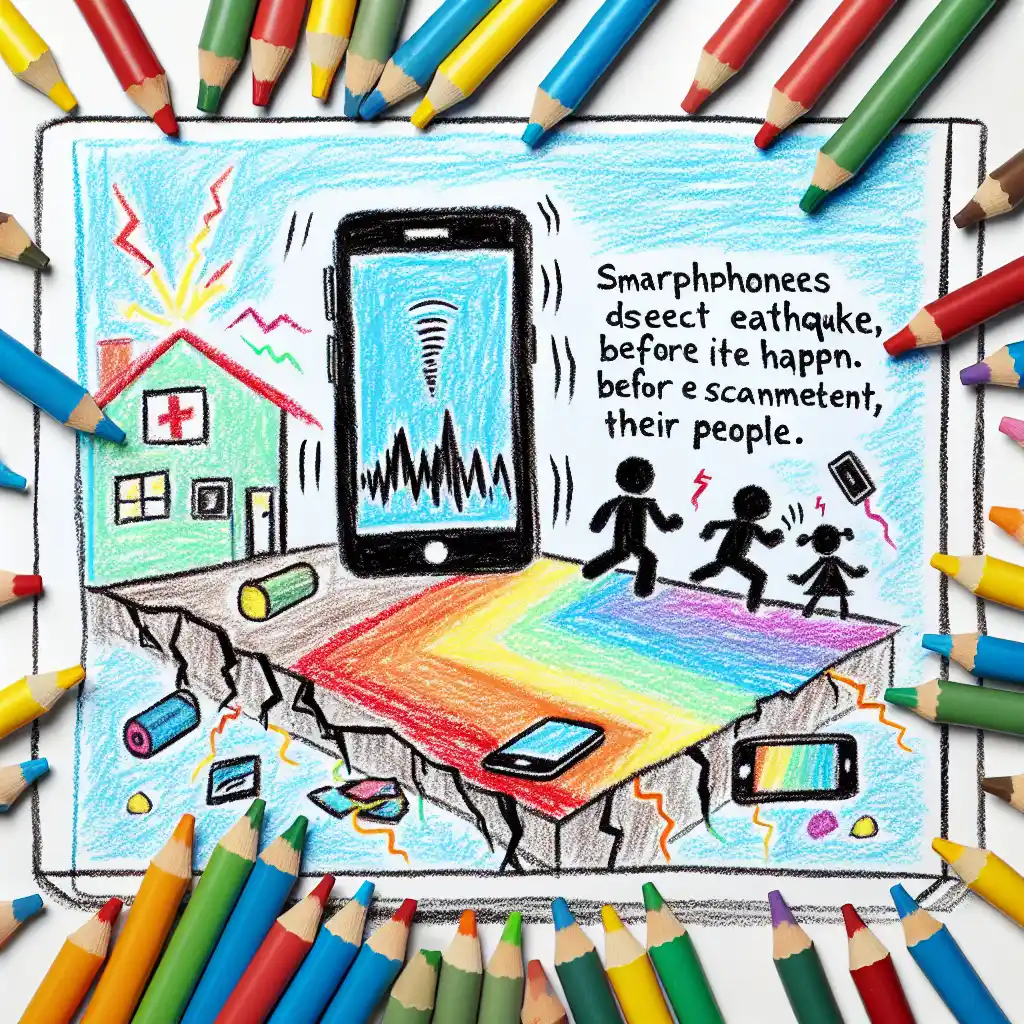Android Phones Can Detect Earthquakes Before the Ground Starts Shaking

Explain Like I'm 5
Imagine you and your friends have a secret club where you pass secret notes to each other so quickly that no one else knows what's happening until you've already saved the day. Now, think about Android phones like they are part of a big, worldwide club. They can send super-fast secret notes to each other when an earthquake is about to happen. This means they can tell us to get safe before we even feel the ground shake! It’s like having a superhero in your pocket!
Explain Like I'm 10
Okay, so Android phones have this cool new trick where they can detect earthquakes before we can feel them. This system is called the Android Earthquake Alerts (AEA) system. Here's how it works: when the Earth starts to rumble, tiny sensors in lots of Android phones can feel these vibrations and send signals super fast to a central system. This system then quickly checks if these signals are really warning about an earthquake. If they are, it sends out an alert to other Android phones near the area to warn people that shaking is coming soon.
This is pretty important because it gives everyone a few extra seconds to get to a safe place before the earthquake hits. It’s like having a little birdie whispering in your ear to go somewhere safe when it senses danger. And the best part? It's just as good as the big, expensive systems that scientists use to detect earthquakes!
Explain Like I'm 15
The Android Earthquake Alerts (AEA) system represents a significant advancement in how we use everyday technology for public safety. Essentially, millions of Android smartphones are equipped with sensors that, although primarily designed for other functions, can detect the initial waves (primary waves) that earthquakes generate. These waves travel faster than the more destructive secondary waves that follow and cause the actual shaking we feel.
When these sensors detect an earthquake's primary waves, they send this data to a central processing system. This system analyzes the information from many phones to confirm if an earthquake is actually happening. If it is, the system sends out alerts to phones in the affected area, potentially giving people crucial seconds to take cover.
This method is revolutionary because it uses existing devices that many people already own, making it a cost-effective alternative to traditional seismic networks. It democratizes access to earthquake warning systems, particularly beneficial in less economically developed regions that might not afford sophisticated seismic monitoring infrastructure. As we move forward, this technology could be refined and expanded, possibly integrating with other emergency response systems to enhance disaster preparedness globally.
Want to read the original story?
View Original Source